Advantages of Using FlexRIO Module Development Kits to Design Custom Instruments
Overview
The NI FlexRIO Module Development Kit (MDK) gives users all the tools necessary to develop a custom module for use with NI FlexRIO products (such as the NI PXI-798x and PXI-799x). This document details the benefits of using the FlexRIO MDK to design instruments for custom applications as well as presents a high-level technical overview of the FlexRIO with Integrated I/O architecture. For details, please contact your local NI Sales representative.
Contents
- What is FlexRIO
- When would I need to use a Module Development Kit?
- Which FlexRIO MDK should I choose?
- What should I do if I don’t have digital design expertise?
- Next Steps
What is FlexRIO
When you have custom requirements that cannot be met by off-the-shelf instrumentation, FlexRIO allows you to meet specialized requirements without the cost and risk of custom design. FlexRIO is the most flexible instrument in the NI platform, and it consists of two architectures—one with integrated I/O and one with removable, modular I/O. Figure 1 shows both FlexRIO architectures: FlexRIO with Integrated I/O and FlexRIO with Modular I/O.
| Assembled | I/O | FPGA | |
|---|---|---|---|
| FlexRIO with Integrated I/O | 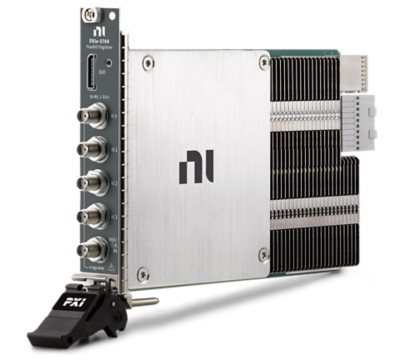 | 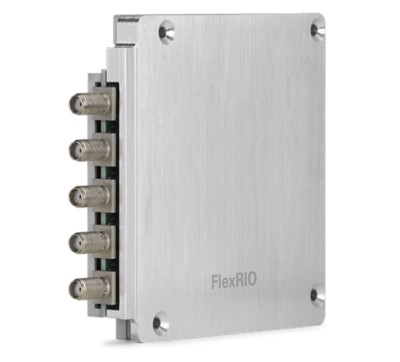 | 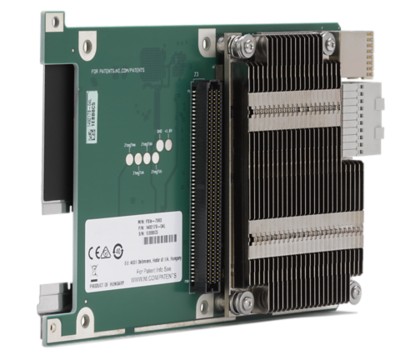 |
| Note: FlexRIO with Integrated I/O is sold as one unit | FlexRIO I/O Daughtercard | FPGA Carrier (PCI Express variants also available) | |
| FlexRIO with Modular I/O |  | 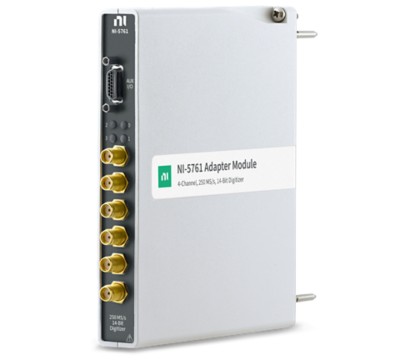 | 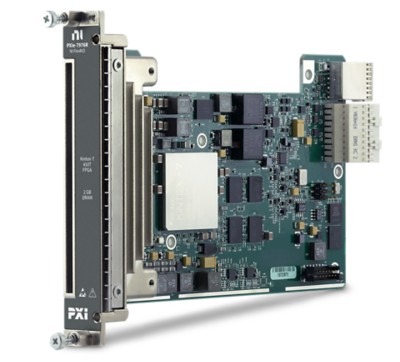 |
| Note: Adapter Module and FPGA Module sold separately | FlexRIO Adapter Module | PXI FPGA Module for FlexRIO |
Even though the mechanics of these architectures are quite different, both architectures are similar at their core. All FlexRIO devices consist of a large, user-programmable FPGA carrier which can be combined with a wide breadth of I/O options, including analog, digital, RF, camera interfaces, and more.
FlexRIO with Modular I/O consists of two separate parts: a PXI FPGA Module and a FlexRIO Adapter Module. The FlexRIO Adapter Module and the PXI FPGA Module communicate over a wide, parallel digital interface capable of LVDS communication up to 1 Gbps on up to 66 differential pairs. In this architecture, the FlexRIO Adapter Module can be removed and swapped out as requirements change.
FlexRIO with Integrated I/O consists of an I/O mezzanine card rather than a removable adapter module. They are purchased and shipped as one unit, with the I/O mated to the FPGA carrier. The mezzanine I/O module and FPGA carrier communicate over a high-density connector. Even though this device is sold as a single unit, the design is still modular. This enables NI R&D to rapidly design and release new FlexRIO devices as new technology like ADCs and DACs becomes available.
When would I need to use a Module Development Kit?
Even though FlexRIO has a wide breadth of I/O options (both in the modular and integrated architecture), there are often situations where the I/O requirements are not met by any of the FlexRIO adapter modules or FlexRIO Modules.
A common example of this arises with customers using FlexRIO for digital interfacing. Some protocols are standard and have dedicated instruments that are widely available, like CAN, GPIB, or Automotive Ethernet. The challenge arises when bus instruments are not widely available off the shelf, either because the protocol is custom or because the protocol is so new that it isn’t yet available as a dedicated test instrument. Both use cases are where NI’s FPGA-enabled digital instruments like FlexRIO add significant value.
Even custom protocol requirements can often be met with off-the-shelf FlexRIO I/O options. However, sometimes these protocols require hardware logic levels that aren’t available. In these cases, you may need to design a custom FlexRIO I/O module to meet your requirements. This is when the FlexRIO Module Development Kit can be used to your advantage.
Which FlexRIO MDK should I choose?
While you may still develop custom modules in the Modular architecture, to ensure the longest lifecycle and latest FPGAs, we recommend using the Integrated Module Development Kit for all new designs. When designing modules for our Integrated FlexRIO architecture, there are several different FPGA Carriers to choose from, based on your application’s needs. Their primary difference is in the interface between the FPGA Carrier and your adapter module.
Serial FPGA Carrier
Our Serial FPGA Carriers, the PXIe-7981, PXIe-7982, PXIe-7985, and PXIe-7986 expose 8 multi-gigabit transceivers, along with power, clocks, triggers, and configuration signals.
If key components of your design such as data converters use high-speed serial links like JESD204B/C, these FPGA Carriers will be ideal for interfacing with those chips.
Parallel LVDS FPGA Carrier
Our Parallel LVDS FPGA Carriers, the PXIe-7990, PXIe-7991, and PXIe-7992, expose 70 LVDS pins to the Adapter Module, along with power, clocks, triggers, and configuration signals.
If your adapter module design requires a large number of digital signals, or if you are upgrading your adapter module from the Modular architecture, these carriers will be ideal.
Parallel D-PHY FPGA Carrier
Our Parallel D-PHY FPGA Carrier, the PXIe-7993, exposes 46 D-PHY pins to the Adapter Module, along with power, clocks, triggers, and configuration signals.
MIPI D-PHY is a popular PHY for cameras and displays in smartphones because it is a flexible, high-speed, low-power, and low-cost solution. D-PHY is also used heavily in automotive applications including camera sensing systems, collision avoidance radars, in-car infotainment, and dashboard displays with the support of proprietary bridging solutions.
What should I do if I don’t have digital design expertise?
To use the FlexRIO MDKs for custom I/O development, NI recommends that you have custom printed circuit board (PCB) design and hardware description language (HDL) code development experience before you develop your own I/O module.
If you do not have this expertise in house, NI works with several partners that can provide these design services. If you are interested, please contact your account representative for a recommendation.